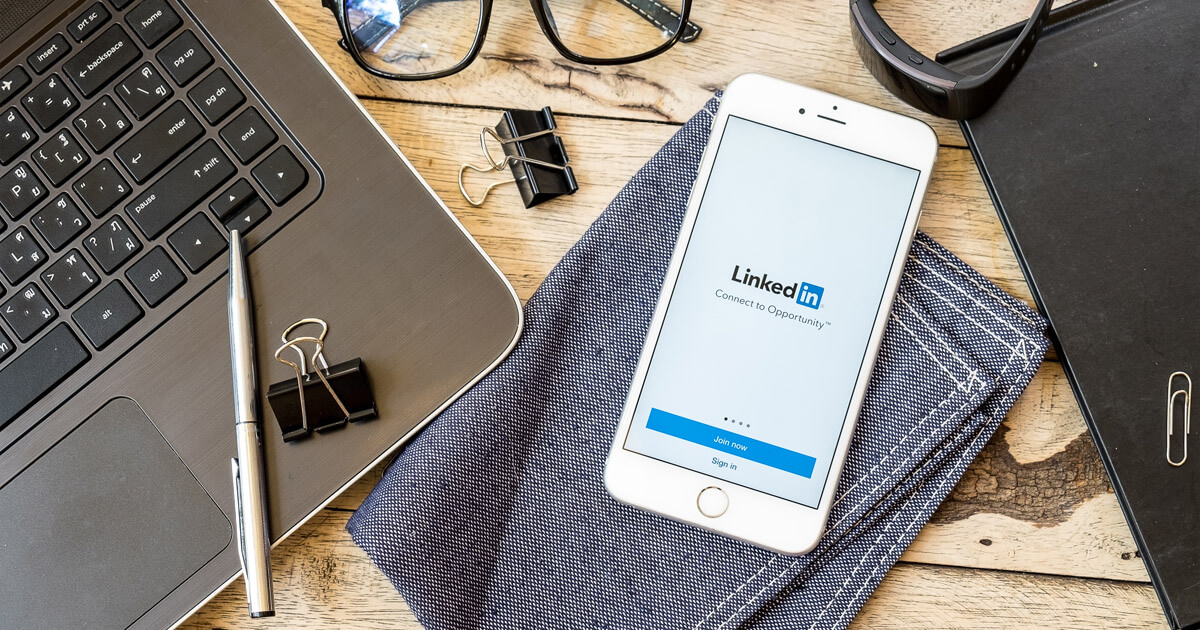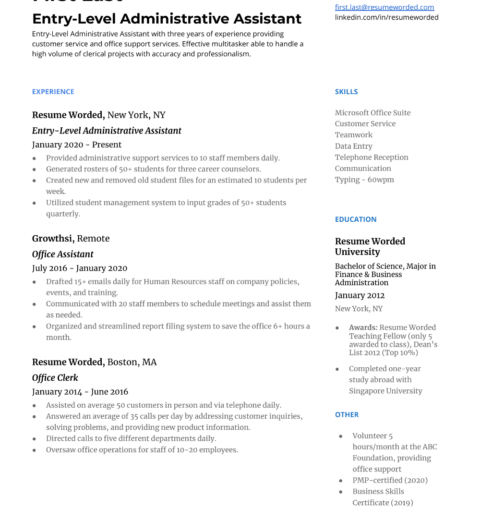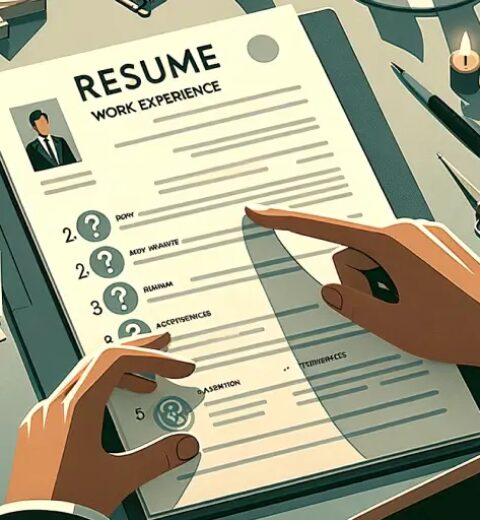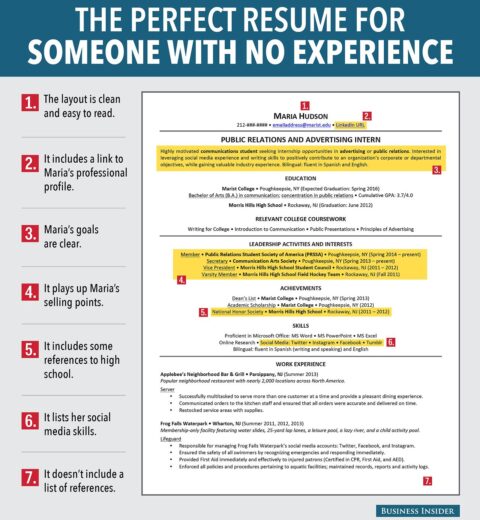In the age of digital networking, LinkedIn stands out as a critical platform for professionals seeking to advance their careers. A well-crafted online presence on LinkedIn can significantly amplify your visibility to potential employers, recruiters, and collaborators. One pivotal aspect of this online presence is your resume. Sharing your resume on LinkedIn not only facilitates easy access for interested parties but also enhances your professional brand. This comprehensive guide will elucidate the steps to seamlessly post your resume on LinkedIn, delve into various content considerations, and explore the myriad of options available for presenting your professional qualifications.
Understanding the Importance of Posting Your Resume
Posting your resume on LinkedIn serves multiple purposes. Primarily, it acts as a digital portfolio showcasing your qualifications, skills, and experiences. Unlike traditional resumes that are static and often overlooked, a LinkedIn resume can evolve with your career, reflecting new achievements and skills as you accrue them. Furthermore, having your resume readily accessible can expedite the job application process, allowing recruiters to quickly assess your credentials without the need for direct requests.
Step-by-Step Tutorial for Posting Your Resume on LinkedIn
Now, let’s navigate the practical steps necessary to post your resume on LinkedIn. The process is straightforward but requires attention to detail for optimal results.
1. Preparing Your Resume
Before uploading your resume, ensure it is polished and tailored to your target industry. Use a clear, professional layout, employ concise language, and ensure that all information is current and accurate. Convert your document into a PDF format, as this ensures that the formatting remains intact regardless of the device used to view it. Additionally, it is advisable to adopt a filename that includes your name and the word “resume” to facilitate easy identification. For example, “John_Doe_Resume.pdf.”
2. Logging into LinkedIn
Begin by logging into your LinkedIn account using your credentials. If you do not possess an account, consider creating one, as it is essential for networking and job opportunities.
3. Navigating to Your Profile
Once logged in, locate the “Me” icon situated in the upper right corner of the homepage. Clicking on this icon will display a dropdown menu. Select “View Profile” to access your LinkedIn profile page. Your profile serves as the central hub for your professional online presence.
4. Adding Your Resume
On your profile page, you will see options such as “Add profile section.” Click on this button to expand the menu. Scroll down to the “Recommended” section, where you will find an “Add featured” option. This feature allows you to showcase various types of media, including documents, links, and presentations.
Click on “Add featured,” then select the “+” icon, choosing the “Media” option from the dropdown. This will prompt you to upload your resume file. Locate the PDF file you prepared earlier and select it for upload.
5. Crafting Descriptive Text
After the upload is complete, you will be prompted to provide a title and a description for your resume. Use the title space to succinctly state what the document is, e.g., “John Doe’s Resume.” In the description section, articulate your professional aspirations or the positions you are seeking. This context enhances viewer engagement and provides clarity about your career objectives.
6. Adjusting Visibility Settings
Before finalizing the upload, consider adjusting the visibility settings. You can choose to make the document viewable by the public, your connections, or a specific audience. This is crucial if you wish to maintain privacy concerning your job search.
7. Saving and Publishing
Once satisfied with all input, save the changes. Your resume will now appear in the “Featured” section of your LinkedIn profile, making it prominent and accessible to anyone who views your profile.
Types of Content to Consider When Posting Your Resume
While the fundamental goal of uploading your resume is to showcase your professional qualifications, the manner in which you present your resume can vary significantly. Below are some creative content formats that can enhance the effectiveness of your posting:
1. Infographic Resume
Utilizing visual elements in your resume can captivate potential employers. An infographic resume presents your skills and experiences in a visually appealing format, making it easier for viewers to digest information efficiently.
2. Video Resume
Consider creating a short video resume to accompany your PDF document. Video content allows you to convey your personality, communication skills, and passion, providing a more holistic view of your capabilities.
3. Portfolio Links
If you possess a portfolio of your work, include links to relevant projects or examples of your completed works in the description. This additional content can provide context to your qualifications, enhancing the viewer’s understanding of your skills.
Navigating Further Networking Opportunities
After successfully posting your resume, remember that LinkedIn is a dynamic platform for networking. Engage with industry-related content, participate in discussions, and connect with peers to augment your visibility. Regularly update your profile and content to reflect any changes in your career path.
Conclusion
Posting your resume on LinkedIn offers considerable advantages in enhancing your professional visibility. By adhering to the outlined steps and considering innovative content formats, you can create a compelling presentation of your qualifications that resonates with prospective employers and expands your networking horizons. Ultimately, a well-curated LinkedIn profile complemented by an expertly crafted resume can significantly bolster your career advancement efforts.




